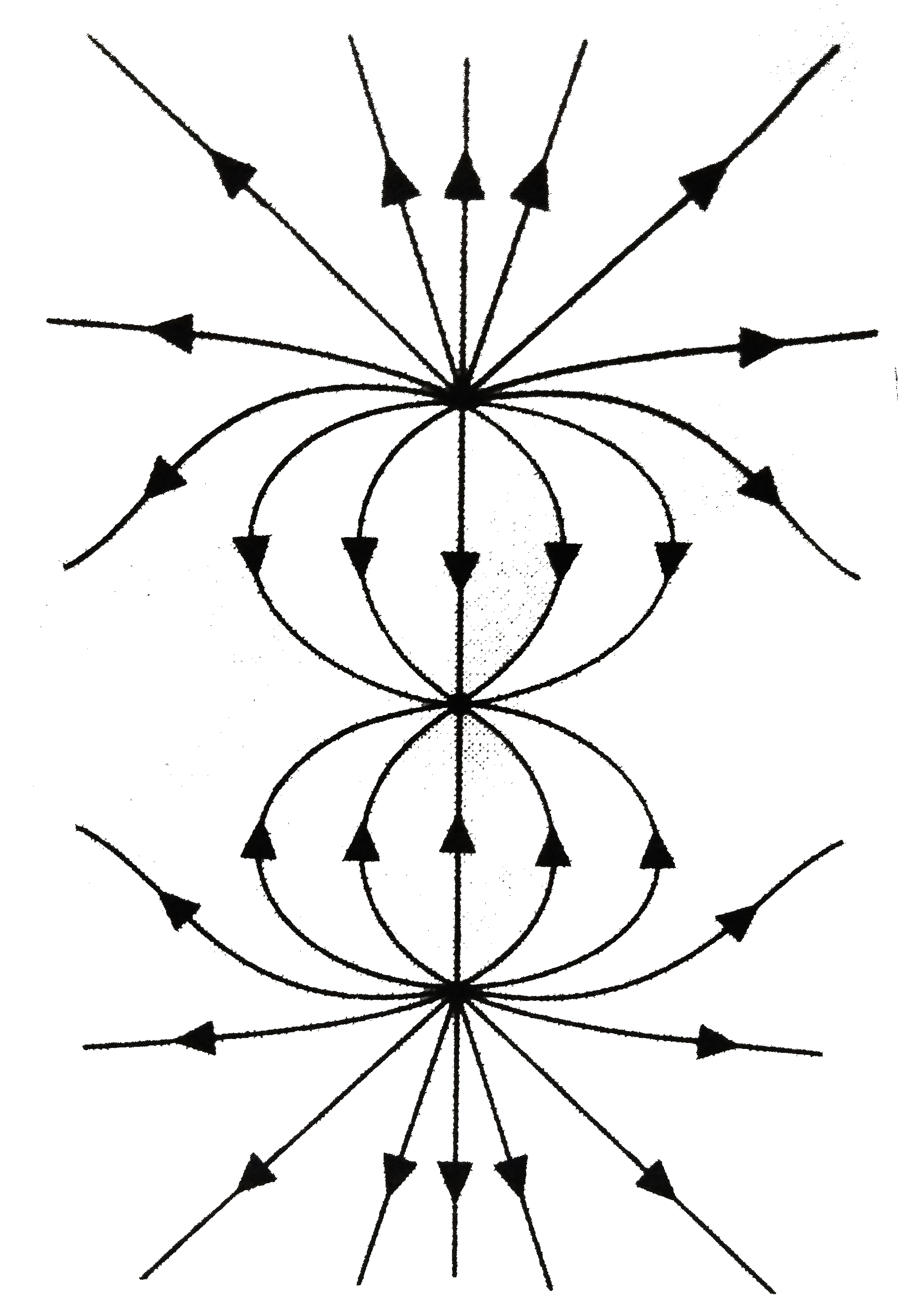Two point charges+ q and-q are placed at distanced apart. What are the points at which the resultant field is parallel to the line joining the two charges ?
Step by step video & image solution for Two point charges+ q and-q are placed at distanced apart. What are the points at which the resultant field is parallel to the line joining the two charges ? by Physics experts to help you in doubts & scoring excellent marks in Class 12 exams.
Topper's Solved these Questions
- BOOK - PHYSICS GALAXY - ASHISH ARORACHAPTER - ELECTROSTATICSEXERCISE - Conceptual MCQs single option correct70videos
ELECTROSTATICS
- BOOK - PHYSICS GALAXY - ASHISH ARORACHAPTER - ELECTROSTATICSEXERCISE - Numerical MCQs Single options Correct64videos
ELECTROSTATICS
- BOOK - PHYSICS GALAXY - ASHISH ARORACHAPTER - ELECTROSTATICSEXERCISE - Partice Exercise 1.101videos
ELECTROSTATICS
- BOOK - PHYSICS GALAXY - ASHISH ARORACHAPTER - ELECTROMAGNETIC INDUCTION AND ALTERNATING CURRENTEXERCISE - Advance MCQs33videos
ELECTROMAGNETIC INDUCTION AND ALTERNATING CURRENT
- BOOK - PHYSICS GALAXY - ASHISH ARORACHAPTER - GEOMETRICAL OPTICSEXERCISE - Unsolved Numerical Problems107videos
GEOMETRICAL OPTICS
Similar Questions
Fig. shows some of the electric field lines due to three point charges arranged along the vertical axis. All three charges have the same magnitude.
(a) What are the signs of each of the three charges? Explain your reasoning.
(b) At what points(s) is hte magnitude of hte electric field the smallest? Explain your reasoning. Explain how the fields produed by each individual point charge combine to give a small net field at this point or points.
(c ) Two point charges q and -q are placed at a distance d apart. What are the points at which the resultant electric field is parallel to the line joining the two charge?
 .View Solution
.View SolutionAt what points, dipole field intensity is parallel to the line joining the charges ?
View Solution
Knowledge Check
- Question 1 - Select One or More
Two point charges Q and −Q/4 are separated by a distance X. Then
 .Apotential is zero at a point on the axis which is x/3 on the right side of the cahrge −q/4Bpotential is zero at a point on the axis which is x/5 on the left side fo the charge −Q/4Celectric field is zero at a point on the axis which is at a distance x on the right side fo the charge −Q/4Dthere exist two points on the axis where electric field is zero.
.Apotential is zero at a point on the axis which is x/3 on the right side of the cahrge −q/4Bpotential is zero at a point on the axis which is x/5 on the left side fo the charge −Q/4Celectric field is zero at a point on the axis which is at a distance x on the right side fo the charge −Q/4Dthere exist two points on the axis where electric field is zero. - Question 2 - Select One
Two electric +qand+4q are placed at a distance 6a apart on a horizontal plane. Find the position of the point on the line joining the two charges where the electric field is zero.
A2a from +qB3a from +qC2a from +4qDa from +q - Question 3 - Select One
Two point charges +4q and +q are placed 30cm apart. At what point on the line joining them is the electric field zero
A15 cm from charge qB20 cm from charge 4 qC7.5 cm from charge qD5cm from charge q
Two charges of 9 and 16 μC are placed 0.7 m apart. Find the position of the null point (A point where the net field is zero) on the line joining the two charges.
View SolutionTwo electric +qand+4q are placed at a distance 6a apart on a horizontal plane. Find the position of the point on the line joining the two charges where the electric field is zero.
View SolutionTwo point charges of +10μC and +20μC are placed in free space 2 cm apart. Find the electric potential at the middle point of the line joining the two charges.
View SolutionTwo point charges q and −2q are kept 'd' distance apart. Find the location of the point relative to charge q at which potential due to the system of charges is zero.
View SolutionTwo points charges q and -2q are placed some distance d apart. If the electric field at the location of q is E, that at the location of -2q is
View Solution

